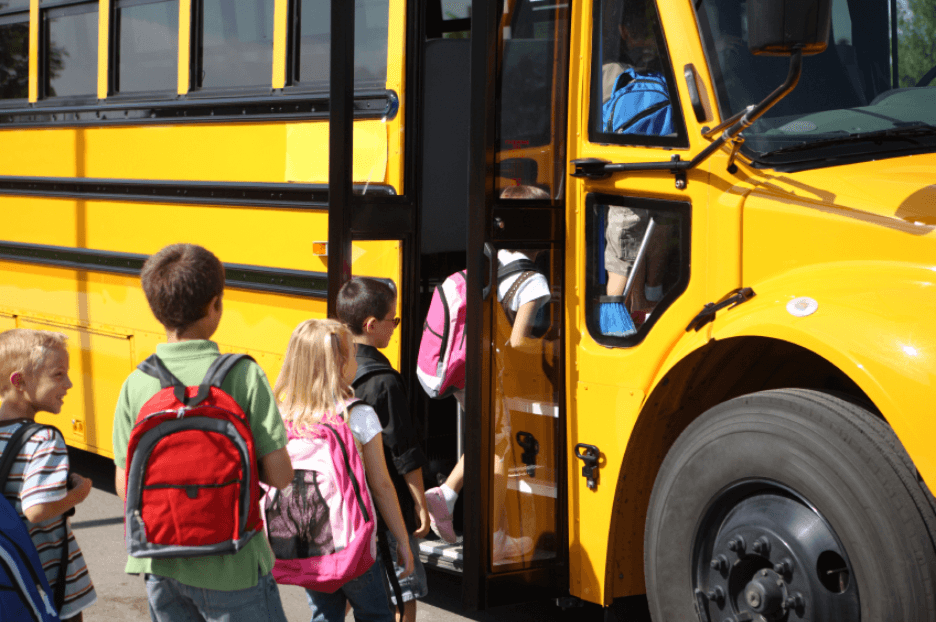
The Leander ISD Citizens’ Facility Advisory Committee reviewed and presented $1.5 billion in capital projects for a possible bond election.
LISD announced on May 13 that more than 150 community members presented $1.5 billion in new construction, technology, renovations, and capital outlay projects for the district to consider over the next three to five years. These efforts over the past three months could lead to a bond election, which could go before voters as early as November 2021, as the district expects 7,814 new students by 2026.
The CFAC empowered five subcommittees to review potential projects for a bond election covering the needs of elementary schools, middle schools, high schools, ancillary services (district support items like transportation, maintenance, and other non-instructional departments), and technology. Committee leaders finalized their work in the following presentations:
The LISD Board of Trustees and administration appointed 24 community leaders to the CFAC Steering Committee, who will spend the next four to six weeks discussing and debating potential projects before making a recommendation to the board. If they decide to call a bond election for November, the board would need to take action by August 16.
Each committee spent several meetings discussing different projects, ultimately rank-ordering the most critical projects into three tiers. The total, tier-one projects cost between $836.3 million and $926 million, depending on the number of years covered in the bond. The district is considering three, four, and five years’ worth of projects.
Notable projects being considered
Elementary Schools
- building five new elementary schools;
- renovating and capital improvements at Bagdad, Block House Creek, Bush, Cox, Cypress, Deer Creek, Faubion, Giddens, Knowles, Mason, Nauman, Plain, Pleasant Hill, Rutledge, Steiner Ranch, Whitestone, and Winkley; and
- expanding and improving all elementary school playgrounds.
Middle Schools
- building one new middle school; and
- renovating and making capital improvements at Cedar Park, Canyon Ridge, Henry, Leander, and Running Brushy.
High Schools
- constructing a new building for New Hope High School, the district’s current alternative high school for credit acceleration and recovery;
- designing and constructing a school of choice to offer high school students a small, specialized program to meet the needs for student choice and delay the need for a seventh comprehensive high school;
- constructing a new building for the district’s 18+ transition services program, serving students who qualify for special education services after high school graduation;
- renovating and making capital improvements at Leander, Cedar Park, and Vista Ridge high schools; and
- replacing old instruments for high school band programs.
Ancillary Services
- building a new bus terminal facility in the southern part of the district to reduce fuel and vehicle costs by $435,000 per year and
- adding, renovating, and installing secure vestibules at district facilities, including both transportation facilities, administration building and annex, support services building, technology building, and the LEO Center.
Technology
- replacing classroom projectors with interactive panels to create more instructional space and increase functionality;
- refreshing student, teacher, and staff technology devices, including laptops; and
- updating network infrastructure to improve internet access;
Financial implications of bond election
State law compresses the tax rate for maintenance and operations tax collections as property values rise. This tax rate compression caps the funding available for teacher and staff salaries and operations on an annual basis. In contrast, increases in property values generate more tax collections on the interest and sinking or debt service side. This provides additional capacity on the debt side and the ability to fund future bond issues with no increase in the tax rate. This shift in funding requires the district to reconsider how large renovation or maintenance projects are funded.
Texas school districts use their I&S or debt service tax rate to pay for bonds issued to build new facilities, purchase capital equipment, and maintain existing facilities. The state of Texas provides limited assistance to school districts for funding facilities through the EDA and IFA programs for which LISD does not qualify due to the level of property values within the district. For LISD, the only option for funding construction and major renovation projects is through the issuance of voter-approved bonds.
The district’s financial advisor presented a bond planning report on April 1 sharing that the district:
- has made significant progress in reshaping existing debt;
- may have $40 million in unspent dollars from the 2017 bond based on project savings; and
- can sustain a bond item between $650 million to $850 million covering the next five years without increasing the debt service tax rate.
Every October, the district’s contracted demographer presents projected enrollment numbers throughout the next 10 years. Population and Survey Analysts, who work with districts across the state, projects the district will need nine new schools in 10 years to cover explosive enrollment growth across the northern parts of the district.
Recap of the 2017 bond election
Leander ISD went to voters in 2017 for a $454 million bond, which voters approved across one proposition. Before the November 2017 election, the district’s previous bond election was in 2007. The community committee responsible for reviewing the projects in 2017 identified about $1 billion projects before reducing the final total by more than 50 percent. The district will soon begin construction of the final school in the 2017 bond, elementary school 29, located in the Bryson subdivision in Leander. The school will open in August 2022.
Next steps
The 24-member community leadership group, CFAC, will work over the next few weeks to build a report for the June 17 Board of Trustees meeting. The Board will hear an update presentation at the meeting from the CFAC Steering Committee Co-Chairs this Thursday, May 20. If they decide to call a bond election for November, the Board would need to take action by August 16.

